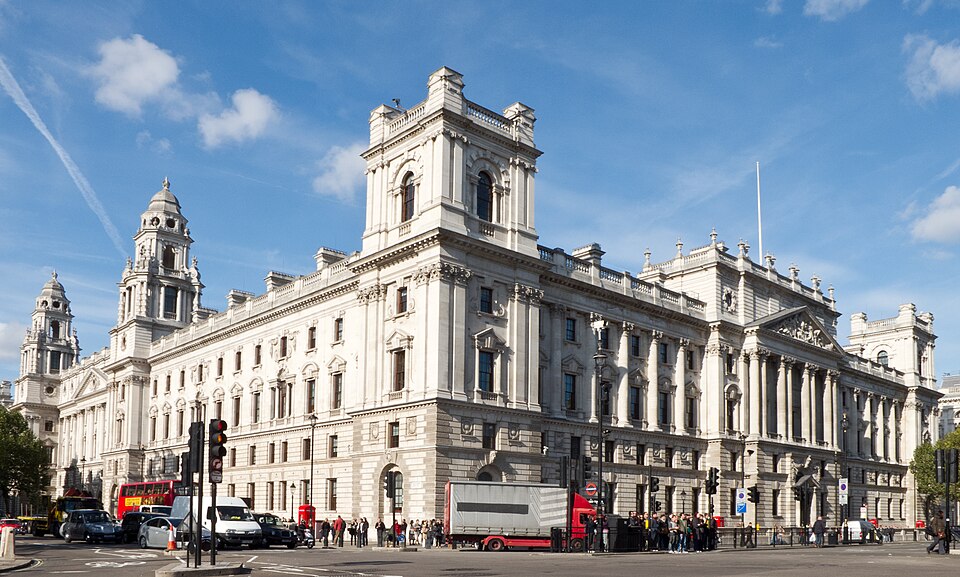
The UK government announced on May 14, 2025, that 11 government offices in central London will close, with thousands of civil servants relocated outside the capital. The move, reported by
The Standard, aims to cut costs and decentralize Whitehall’s workforce. Departments affected include those for education, transport, and justice, with staff potentially moving to regions like the North East or Midlands. The closures align with a broader “levelling up” agenda to boost regional economies, but they’ve sparked concerns about job losses and London’s economic vitality.
London’s role as the UK’s administrative hub has long concentrated civil service jobs in the capital, with over 100,000 civil servants based there. The closures reflect a shift toward remote working and regional investment, accelerated by post-COVID office vacancies. In 2024, London’s commercial property sector reported a 15% vacancy rate in government-leased buildings. Relocating staff could save £500 million annually, according to Treasury estimates, but unions warn of disruption to workers’ lives, especially for those unable to relocate. The Public and Commercial Services Union called for consultations to protect jobs and ensure fair transitions.
For London, the move could dent the local economy, particularly in areas like Westminster, where civil servants support businesses like cafes and retail. It may also exacerbate the capital’s brain drain, as skilled workers leave for cheaper regions. However, proponents argue it will reduce London’s overcrowding and housing pressure, where average rents hit £2,200 monthly in 2025. On X, opinions were mixed: some Londoners welcomed decongesting the city, while others feared a loss of prestige. The policy’s success will hinge on balancing regional growth with London’s role as a global city. Photo by Carlos Delgado; CC-BY-SA, Wikimedia commons.



































